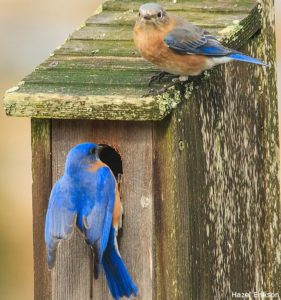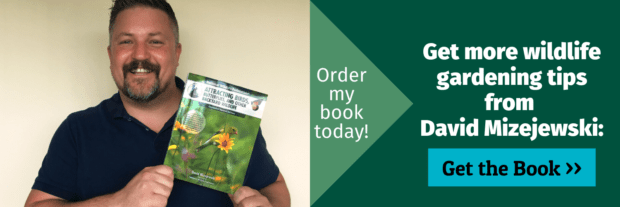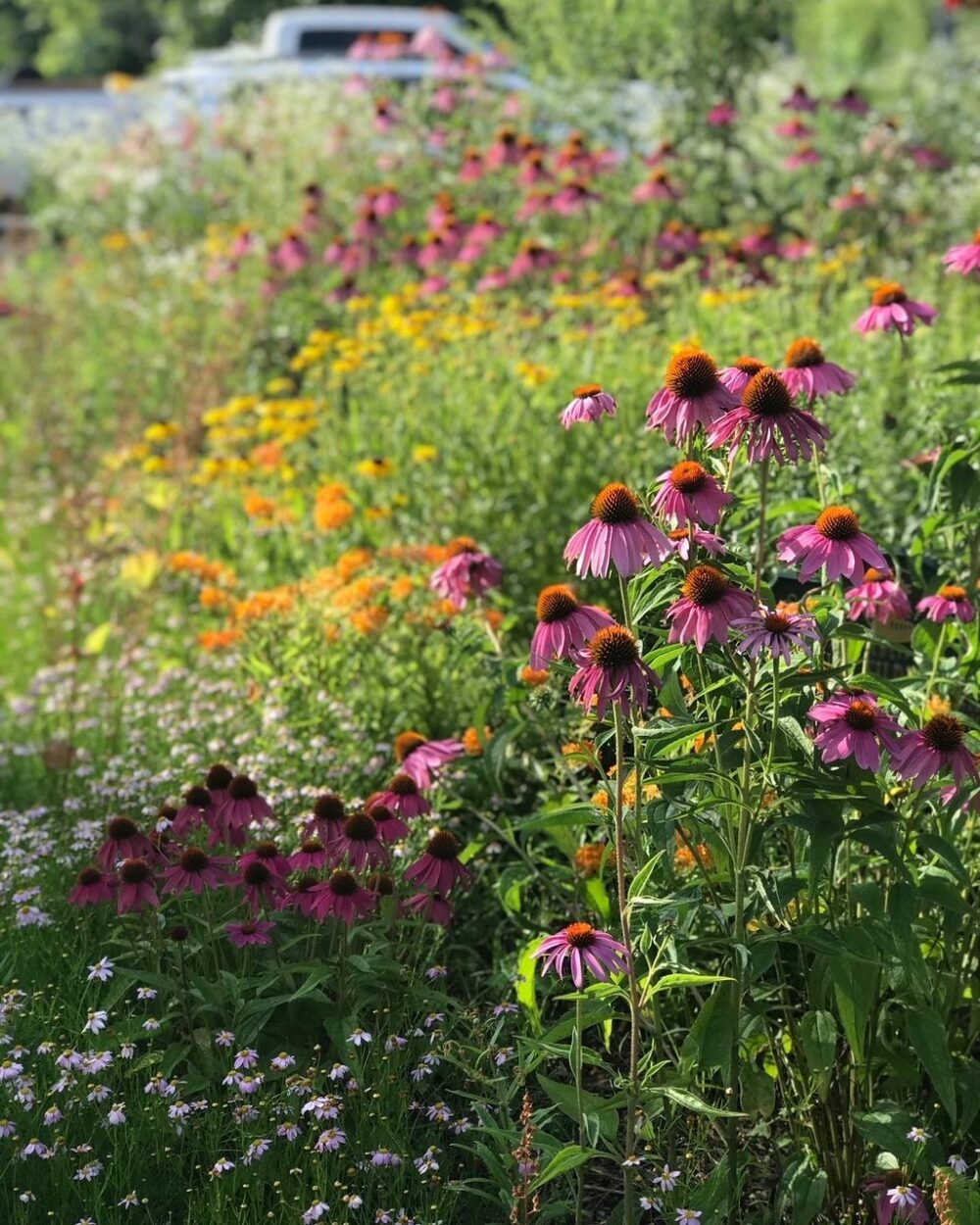We have much more to do and your continued support is needed now more than ever.
Answers to Your Wildlife Gardening Questions
Here are answers to some common questions we get here at the National Wildlife Federation about feeding the birds, nesting boxes and bats.
Will birds starve if I don’t keep my feeders filled?

Feeding birds is one of the most popular hobbies, but many people fear that once they start feeding, they can’t stop or the birds will starve. The good news is that this is not the case.
Birds only use feeders as a supplement to the natural foods that they find in the landscape such as seeds, berries and insects. That means that if you go on vacation or run out of seed for your feeder and can’t get to the store immediately, the birds will be just fine. They’ll continue foraging for natural foods. Feeders are a snack for birds; they are not really habitat.
Focus on feeding wildlife with your plants, not feeders.
Is a nesting box different than a birdhouse?

A nesting box and a birdhouse are the same thing. Nesting box is the preferred term because birds don’t actually live year-round in these boxes as the word “house” would suggest. Instead they use them specifically for one purpose: as a place to raise their young. In fact, only cavity-nesting birds such as bluebirds, chickadees, woodpeckers or screech owls will use a box. Most bird species nest right in the branches of trees and shrubs.
Nesting boxes are a great way to supplement the natural habitat provided by your plants. The best way to offer places to raise young for the widest diversity of birds is to preserve the existing trees and shrubs on your property (even dead or dying ones, if you can), and to plant more.
Why doesn’t my bat house work?

Just like with nesting boxes for birds, choosing the right design for your bat house is critical if it’s going to attract bats.
First, bigger is better. A bat house should be at least twenty-four inches high and at least eighteen inches wide. Smaller houses might attract a few bats here or there, but if you want to support a colony of these insect-eating mammals, go as big as you can.
Second, the house needs to be mounted properly. Even though many bats regularly roost in trees, hanging a bat house on a tree usually doesn’t work. It’s much better to mount it on a pole or on the side of the building, which makes it much harder for predators such as raccoons or snakes to reach it. The bat house should also be hung at least twelve feet off the ground.
How do I keep hawks from eating my songbirds?

The short answer is that you don’t have to. Many birds of prey naturally feed on smaller birds. Sharp-shinned and Cooper’s hawks are the two species most likely to show up in your yard looking for smaller birds to eat. This is totally normal and natural, and is actually a sign that you’ve successfully built a food chain. That’s a good thing.
To give smaller birds such as chickadees or cardinals the best chance at avoiding being eaten, you can provide lots of cover. Dense shrubbery, evergreens and brush piles all offer smaller birds hiding places from hawks.
Bird feeders attract a lot of birds to one spot on a regular basis, which will attract bird-eating hawks. So, provide cover within about twelve feet from your feeder where the smaller birds can flee (but not too close for cats to ambush birds at the feeder).
Another solution is to simply take your feeders down for a while, and the hawks will move on. If you have a lot of native plants in your yard, the songbirds will have plenty of natural food sources.
Learn MoreSubscribe to the Garden for Wildlife newsletter for more gardening tips!























